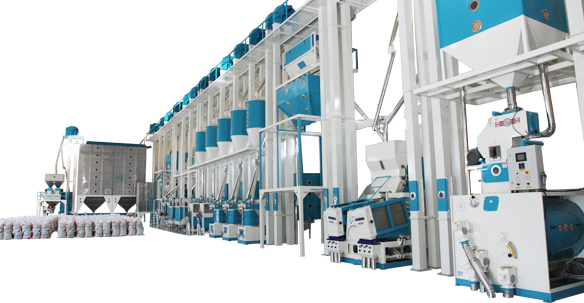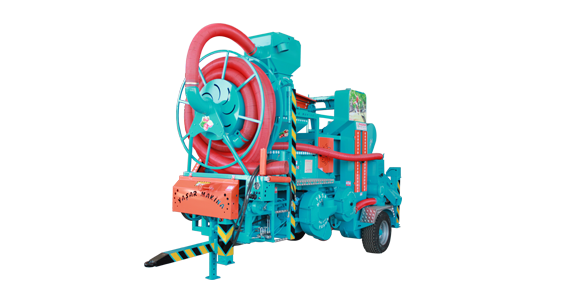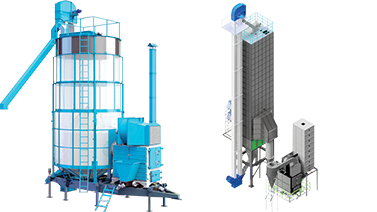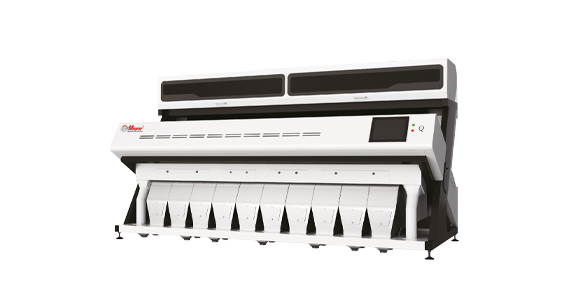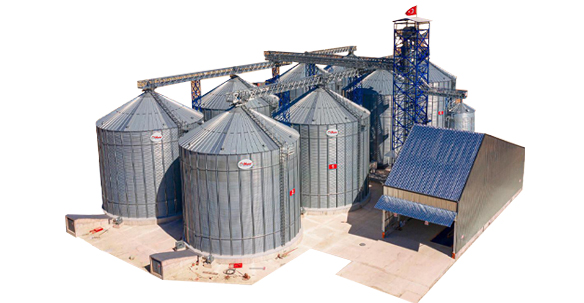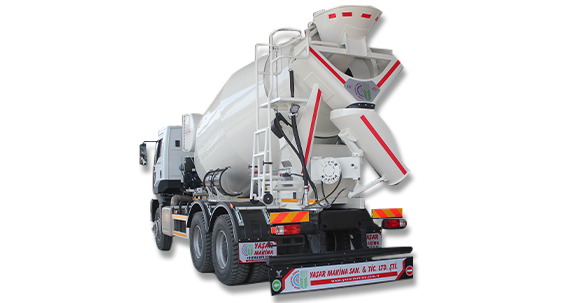Quality Control
Quality control (English: quality control) comes from the Latin word contra, its English equivalent is control, and is used to mean process management to meet continuous standards. Accordingly, quality control means mastering the quality by taking precautions against situations that will reduce the quality effectiveness of a process. The main purpose of quality control is to ensure effective continuity by developing and implementing the necessary plans for the production of the product in which customer expectations and strategic objectives of the enterprises can be met at the most economical level. If control is not used primarily in quality management decisions, management cannot fully manage quality.
Quality control is based on the understanding that: The characteristics of the product produced are a function of the system (processes) that produce it; In other words, there is a "cause-effect" relationship between the system and the product. If all system variables and system inputs can be controlled, the features of the product will also be controlled.
The benefits expected from quality control are as follows:
Preventing poor quality in production
Creating a fast and effective quality inspection system with minimum costs
Detecting unexpected changes in products in advance and reducing the number of faulty parts
To reduce worker and machine lost time and increase production.

